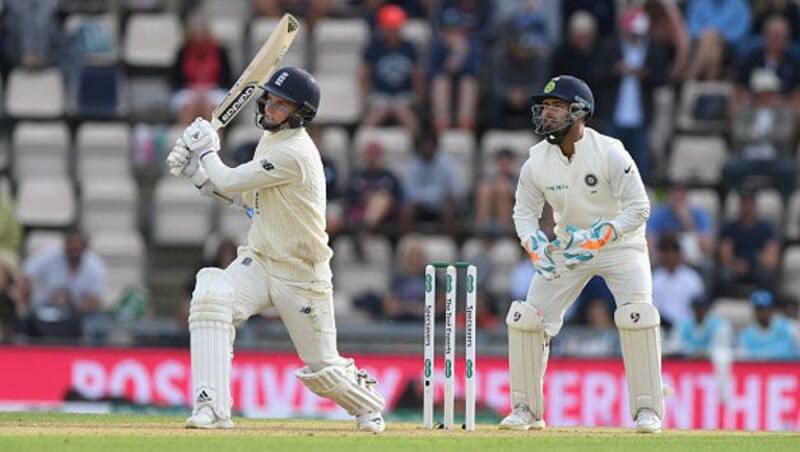
Tanmoy Mookherjee
Safe fielder and an Enfielder. Straddling sports writing and procrastination like Ajay Devgn on two bikes
Written by Tanmoy Mookherjee
Published: Aug 31, 2018, 08:19 AM (IST)
Edited: Aug 31, 2018, 08:18 AM (IST)

Jasprit Bumrah noted at the end of the opening day’s play of the fourth Test at Southampton that India would have taken England‘s 246 all out with glee. In the larger scheme of things, England being bowled out for 246 after electing to bat first should be termed poor returns on what looked to be perfect conditions to bat. But given they were staring down the barrel at 86/6 shortly after lunch, India would be cursing themselves for not having finished it off sooner.
The fourth Test at the Ageas Bowl also turned out to be a momentous one in Virat Kohli’s captaincy career as he retained the same XI for the first time in the 39 Test matches he has led India.
Bumrah and Ishant Sharma struck to remove Keaton Jennings and England captain Joe Root inside the first 10 overs of the morning, with Sharma getting to his 250-wicket milestone in his 86th Test match. Bumrah’s delivery to trap Jennings in front of the stumps was a dream delivery, swinging back in sharply; but he couldn’t do an encore throughout the day – Rishabh Pant flung himself as far as he could but 23 byes and 34 extras were conceded.
Bumrah was the pick of the bowlers for India with figures of 3/46 but was also guilty of overstepping once again when he had trapped Root in front of the stumps, as India lost a review inside the first five overs. That India didn’t have to pay too much for it with Ishant removing him shortly after covered up for Bumrah’s penchant to overstep. The fast bowler, quickly becoming India’s first choice, has been guilty of overstepping on wicket-taking deliveries far too often. The recent ones haven’t cost India as much as it did during the Champions Trophy final last year.
Despite the hiccups during the innings, India’s bowling attack has won plaudits from all quarters, earning rich praise while bowling England out repeatedly in the series. In the first Test match, they were without Bumrah but turned in an impressive display. Besides the anomaly which was Lord’s, India’s pace bowling attack has been the biggest factor as India continue to hope to turn the series around.
Much like the previous Test matches, England’s lower middle order continued to be a thorn in India’s flesh with Moeen Ali, included in place of Ollie Pope, adding 81 runs for the seventh wicket with Sam Curran, who replaced Chris Woakes. When India ran into Moeen in 2014, he decimated them with his off-spin; this time, he chipped in with a dogged 40. Curran, on the other hand, was kept out because of Woakes’ performance in the second Test, and England paid the price with defeat in the third.
Curran’s 78 – he was the last man out – took England from 86/6 to 246 that included partnerships worth 81 with Moeen, and 63 for the ninth wicket with Stuart Broad, as India’s frustrations grew on the field. After his game-changing performances in the first Test where England won by 31 runs, Curran didn’t find a place in the side ahead of his senior colleague, and his inclusion has straight away yielded results for the hosts.
India negotiated the four overs left in the day without losing a wicket but will have the added worry of facing up to the left-arm swing of Curran on this occasion, and India’s tormentor from 2014, Moeen.
This website uses cookies so that we can provide you with the best user experience possible. Cookie information is stored in your browser and performs functions such as recognising you when you return to our website and helping our team to understand which sections of the website you find most interesting and useful.
Strictly Necessary Cookie should be enabled at all times so that we can save your preferences for cookie settings.
If you disable this cookie, we will not be able to save your preferences. This means that every time you visit this website you will need to enable or disable cookies again.
